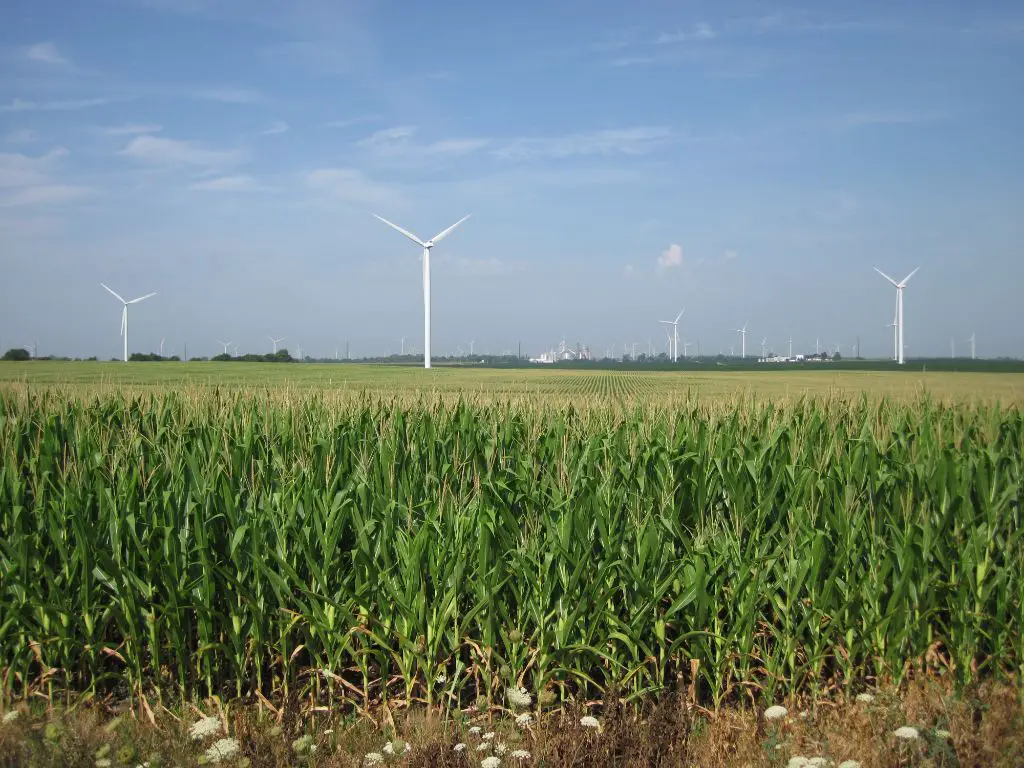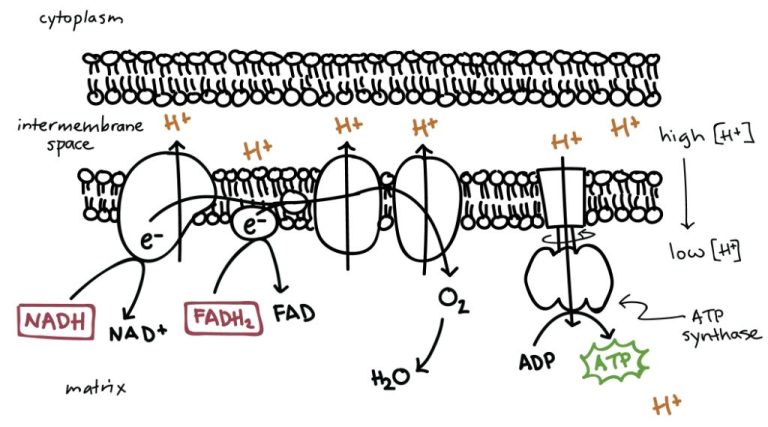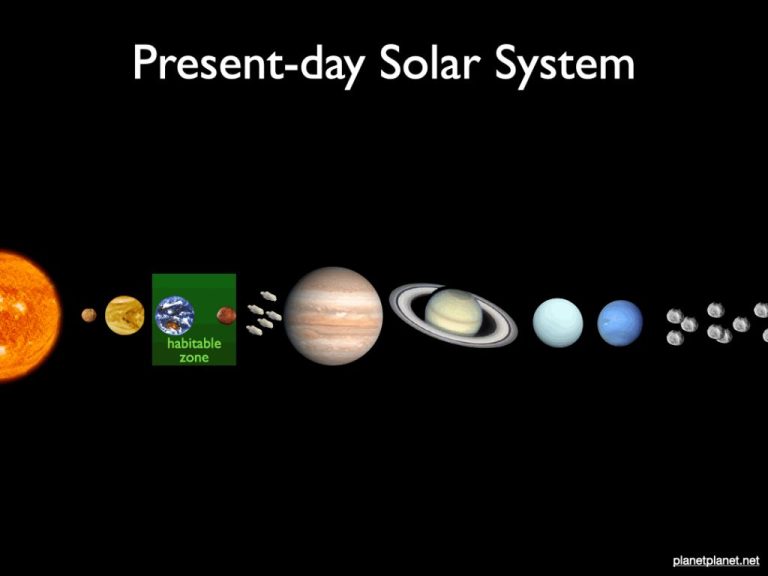What Is The Main Reason Renewable Energy Isn’T Used More?
High Upfront Costs
One of the biggest obstacles for renewable energy is the high initial investment required to build out the necessary infrastructure. Constructing wind farms, solar fields, hydropower dams, and other renewable power facilities requires major capital outlays upfront. This presents a challenge compared to fossil fuel power plants which have much lower startup costs.
Renewable energy sources also currently lack the government subsidies and incentives that the fossil fuel industry has historically received. The established fossil fuel companies have benefited from decades of government support, tax breaks, and other financial incentives. This gives them an artificial price advantage compared to emerging renewables.
As a result, in simple cost comparisons, renewable energy often can’t compete on price with heavily subsidized fossil fuels. The high upfront investment for renewables is difficult to justify without strong government policy and financial incentives. This highlights the key role subsidies play in leveling the playing field so renewables can overcome their high initial costs relative to incumbent fossil fuels.
Intermittency
One of the biggest challenges with renewable sources like solar and wind is that they are intermittent – their energy generation depends on weather conditions and time of day. When the sun isn’t shining or wind isn’t blowing, solar panels and wind turbines produce little to no electricity. This intermittency makes it difficult to integrate large amounts of solar and wind onto the electric grid.
Energy storage solutions like batteries and pumped hydro can help mitigate intermittency by storing excess renewable energy when generation is high and discharging when generation is low. However, these storage technologies are still expensive compared to fossil fuel power plants that can provide consistent baseload power.
To overcome intermittency, we need continued innovation in energy storage as well as better grid integration and management. Advanced forecasting of renewable generation, demand response to shift electricity use to times of high renewable output, and transmission improvements can also help smooth out the variability of solar and wind power.
Infrastructure
Existing fossil fuel infrastructure presents a major barrier for renewable energy adoption. Most industrialized nations have spent over a century building infrastructure designed specifically for fossil fuels. This includes power plants, electricity grids, pipelines, storage facilities, and transmission lines tailored to the unique properties of coal, oil, and natural gas.
Transitioning to renewable energy requires overhauling and upgrading this infrastructure for new energy sources and systems. For example, electricity grids and transmission lines must be modified to handle variable flows from wind and solar. Storage capabilities need scaling up to match intermittent supply and demand. The high upfront costs to build this new renewable infrastructure is prohibitive for many utilities and energy providers.
Improvements to the electricity grid are especially crucial for enabling distributed renewable generation from homes and businesses. Smarter grids with advanced communication and automation can balance many small energy producers across wider areas. But this requires major investments and coordination that does not yet exist in most places.
The inertia and sunk costs of existing fossil fuel infrastructure pose a systemic barrier. But overcoming this with strategic upgrades will be essential for transitioning our energy economy to renewable sources.
Regulatory Barriers

One major reason renewable energy development has lagged is due to regulatory barriers that favor fossil fuel incumbents. Renewable energy projects often face extensive permitting requirements and red tape that hinders progress. For example, obtaining permits for a new wind farm can be an arduous multi-year process involving numerous agencies and regulations. The regulatory playing field is tilted in favor of existing fossil fuel plants and infrastructure.
Fossil fuel companies have lobbyists and strong relationships with regulators. They are adept at using regulatory processes to block or slowdown competitors. Renewable startups face daunting legal and compliance costs if they hope to compete. Complex regulations at multiple levels of government stifle innovation. While environmental reviews serve valid purposes, they can be used as tools for obstruction. Streamlining and expediting permits for renewable projects would unleash significant new development.
Subsidies for Fossil Fuels
One major reason renewable energy adoption lags is the enormous subsidies provided to the fossil fuel industry. Globally, fossil fuels receive around $500 billion in subsidies per year. These subsidies artificially lower the cost of fossil fuels, making them more competitive compared to renewable energy sources.
These large fossil fuel subsidies tilt the economic playing field against renewable energy. Renewable energy companies find it hard to compete when their competitors are propped up by government subsidies. This distorts the free market and holds back the transition to clean energy.
Phasing out fossil fuel subsidies would help level the playing field. Renewable energy would become more cost competitive if fossil fuels lost their huge government subsidies. Removing these market distortions would likely accelerate the adoption of renewable energy worldwide.
Industry Resistance
The fossil fuel industry has historically had an outsized influence over energy policy and public perception. Major oil, gas and coal companies spend millions each year lobbying politicians against policies favorable to renewables. They also fund think tanks and public relations campaigns to spread misinformation about renewables and slow the transition away from fossil fuels.
For example, ExxonMobil alone spent $9.61 million in 2020 lobbying members of the U.S. Congress against climate policies. The American Petroleum Institute, which represents over 600 fossil fuel companies, regularly downplays the feasibility of renewables and argues for the continued use of fossil fuels. Fossil fuel groups have also funded climate science denial organizations for decades.
By wielding their financial resources and political connections, fossil fuel interests have influenced energy policy in their favor. They advocate for continued subsidies and tax breaks for their industries, while resisting incentives for renewable energy. This lobbying gives fossil fuels an artificial price advantage over renewables in many markets. Overcoming the resistance from entrenched fossil fuel interests is a major challenge in transitioning to a clean energy system.
Rate Structure
One challenge for renewable energy is that the current rate structure and utility business models can create disincentives for pursuing renewable projects. Traditional regulated utilities earn a return on their capital expenditures by building infrastructure like power plants and transmission lines. This provides an incentive for utilities to build large infrastructure projects rather than invest in distributed renewable generation.
Additionally, utilities typically recover costs and earn revenue based on the amount of electricity they sell. So if customers generate their own renewable energy, utilities lose revenue. Some regulators have implemented reforms like decoupling to break the link between electricity sales and utility revenues, but many utilities still rely on electricity sales for a large portion of their earnings.
The current rate structure also fails to accurately price in externalities from fossil fuels like pollution, greenhouse gas emissions, and other environmental damages. Accounting for these externalities would make renewable energy more cost competitive. But regulatory frameworks often enable traditional utilities to continue operating older fossil fuel plants that have already paid off their capital costs, making it harder for renewable energy to gain market share.
Lack of Strong Policy
One major reason that limits wider adoption of renewable energy is the lack of strong government policies like carbon pricing and bold renewable energy targets. Most places around the world do not yet have a carbon tax or cap-and-trade system that internalizes the costs of pollution and climate change. This allows fossil fuels to remain artificially cheap compared to clean alternatives.
Additionally, renewable energy mandates and targets set by governments tend to be unambitious and non-binding. There is a need for much more aggressive policy support like legally-binding 100% renewable energy standards, supported by complementary policies around research, workforce training, and upgrading the grid. The policy landscape remains relatively discouraging for renewable energy expansion in most regions. Stronger policy measures with teeth are essential to drive the transition to clean energy.
Capital Intensity
One challenge of shifting to renewable energy is the capital intensity required compared to traditional fossil fuel power plants. Building large-scale wind farms, solar arrays, geothermal plants, and other renewable facilities requires major upfront investments. Whereas a single coal or natural gas power plant can provide a massive amount of electricity, renewable energy projects tend to be more distributed and require building many smaller facilities in multiple locations.
The centralized fossil fuel model concentrates costs into a single investment, which is easier for companies and utilities to finance, especially when they have guaranteed customers. In contrast, building out distributed renewable energy requires raising capital from many different investors and funding sources. Even though renewable energy has become much more cost-competitive over time, overcoming the high initial capital investments remains a barrier.
Lack of Public Awareness
One of the biggest roadblocks to greater renewable energy adoption is a lack of public awareness and education around its benefits. There are many misconceptions around the reliability and costs of renewable energy that lead people to be hesitant about supporting a transition.
Renewable energy sources like solar and wind are often criticized as being too intermittent or unreliable to meet energy demands. However, with the right grid upgrades and energy storage solutions, they can absolutely provide stable and consistent power. Studies have shown renewables can reliably meet up to 80% of energy needs when the grid is properly designed.
There is also a perception that renewable energy is prohibitively expensive, despite the fact that costs have dropped dramatically in recent years. With the right policies and incentives in place, renewable power can be cost competitive with fossil fuels. However, the public needs to be better informed about the true costs and economic benefits of transitioning to clean energy.
Greater public education and awareness campaigns are critically needed to communicate the advantages of renewable energy over traditional sources. People need to understand the environmental and public health necessity of reducing reliance on fossil fuels. And they need to see that renewable energy is not only achievable, but can provide affordable, reliable electricity for all. With more knowledge, people are more likely to support policies that accelerate the renewable energy transition.



